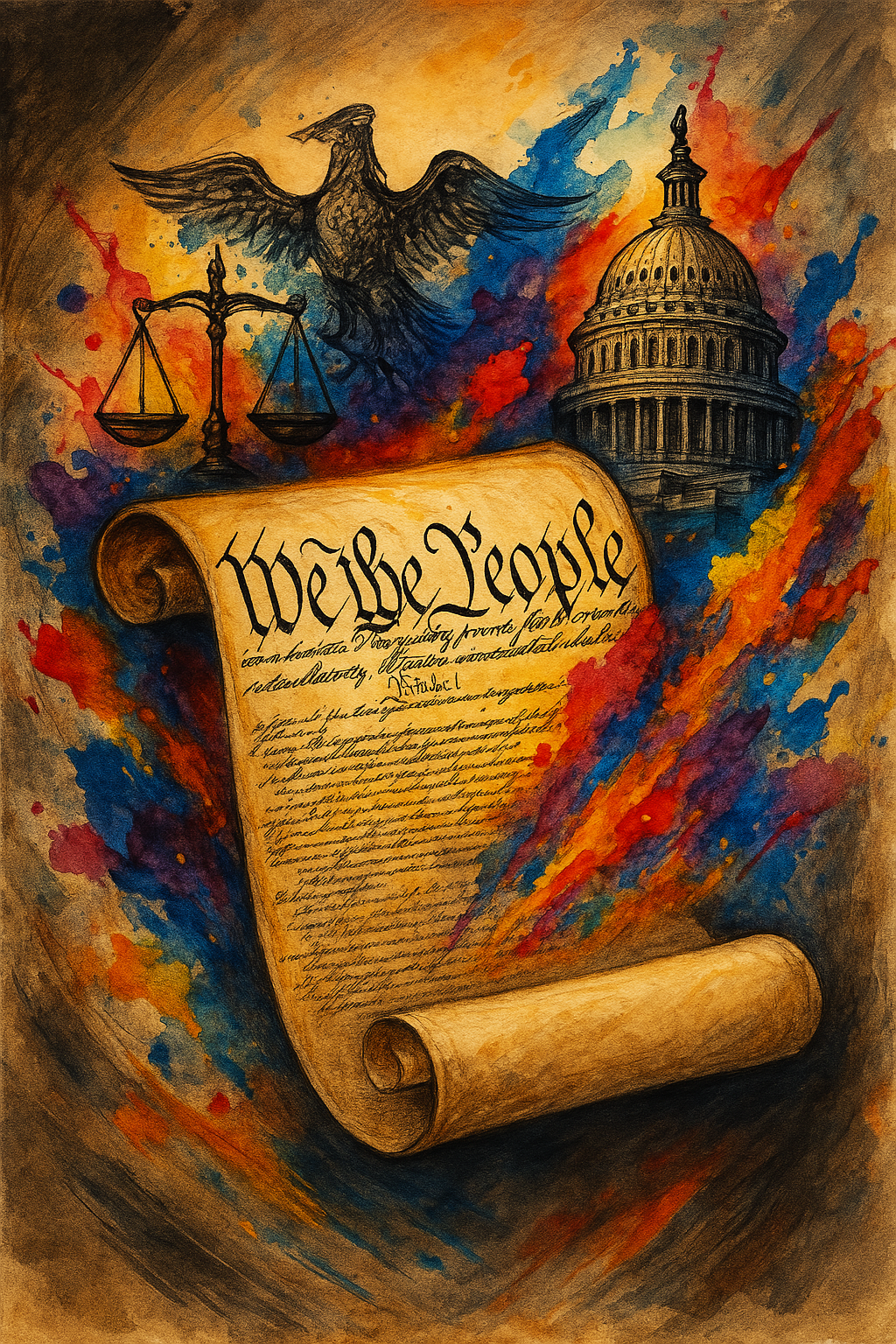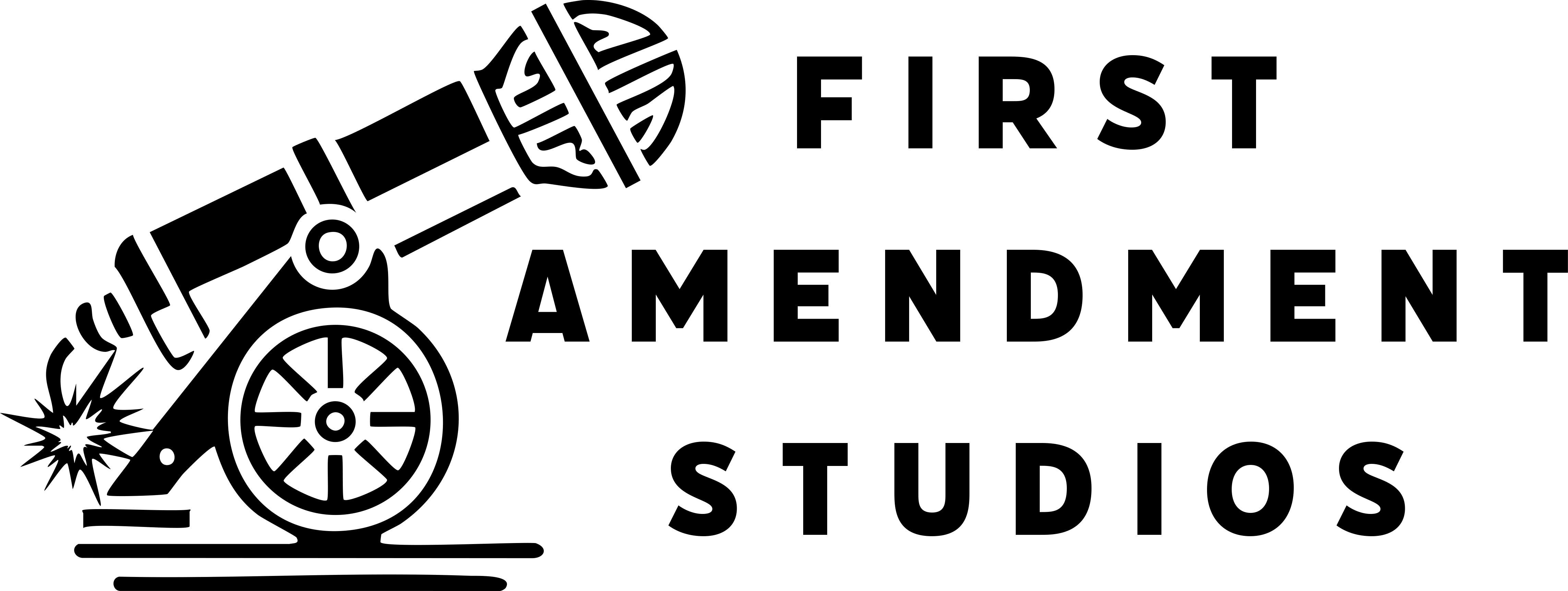Your cart is currently empty!
The Power of a Living Document: Understanding the United States Constitution and Its Relevance Today

The Power of a Living Document: Understanding the United States Constitution and Its Relevance Today
What is the United States Constitution and Why Was It Created?
The United States Constitution, ratified in 1788, is the foundational legal document that outlines the framework of the federal government. It was created to replace the Articles of Confederation, which had proven too weak to sustain a unified nation. The Constitution was born from the Constitutional Convention of 1787, a response to growing unrest, economic instability, and the need for a stronger, more cohesive national government.
The Constitution established a system of checks and balances between three branches of government: the legislative, executive, and judicial. Its preamble, beginning with “We the People of the United States, in Order to form a more perfect Union, establish Justice, insure domestic Tranquility…” reflects the revolutionary idea that government derives its legitimacy from the governed.
How Was the Constitution Enforced?
The enforcement of the Constitution has always depended on the integrity of its institutions and the participation of its people. Initially, enforcement came through the courts, especially the newly created Supreme Court, which became the final arbiter of constitutional interpretation. Article III, Section 1 of the Constitution states, “The judicial Power of the United States, shall be vested in one supreme Court, and in such inferior Courts as the Congress may from time to time ordain and establish.”
Over time, Congress enacted legislation and the executive branch enforced laws that aligned (or conflicted) with constitutional principles. Today, enforcement still hinges on judicial review, public accountability, and a balance of powers.
Is the Declaration of Independence Part of the U.S. Constitution?
No, the Declaration of Independence is not part of the Constitution. The Declaration, adopted on July 4, 1776, proclaimed the thirteen colonies’ separation from British rule and outlined Enlightenment principles of natural rights, such as life, liberty, and the pursuit of happiness. While it holds immense symbolic and philosophical importance, it has no legal authority within the U.S. legal system.
How Are the Declaration of Independence and the U.S. Constitution Related?
The Declaration of Independence and the Constitution are spiritually connected. The Declaration articulated the ideals and justifications for independence. The Constitution operationalized those ideals by creating a legal structure for a democratic republic. One can think of the Declaration as the nation’s mission statement and the Constitution as the owner’s manual.
What Are the Amendments to the Constitution and Why Was Each Necessary?
The Constitution has 27 amendments. The first ten, known as the Bill of Rights (ratified in 1791), were essential to protecting individual liberties and limiting federal power. For example:
- First Amendment: “Congress shall make no law… abridging the freedom of speech, or of the press…”
- Fourth Amendment: “The right of the people to be secure in their persons, houses, papers, and effects, against unreasonable searches and seizures…”
These amendments were demanded by states that feared a too-powerful central government.
Subsequent amendments addressed civil rights:
- Thirteenth Amendment (1865): “Neither slavery nor involuntary servitude… shall exist within the United States…”
- Fifteenth Amendment (1870): “The right of citizens… to vote shall not be denied… on account of race, color, or previous condition of servitude.”
- Nineteenth Amendment (1920): “The right of citizens… to vote shall not be denied… on account of sex.”
Each amendment was necessary to respond to evolving societal values, correct systemic inequities, or clarify governmental functions.
The Strength of Amendment: A Living Document That Grows With Us
One of the greatest strengths of the U.S. Constitution is its ability to evolve through amendment. The Founders, despite their flaws and contradictions, embedded within the document a mechanism for progress. Article V of the Constitution provides the process: “The Congress, whenever two thirds of both Houses shall deem it necessary, shall propose Amendments…”
From abolishing slavery to granting women the right to vote, the amendment process has allowed the Constitution to reflect the expanding ideals of justice and equality. It acts as a safeguard against tyranny, empowering citizens to correct course when rights are threatened or when justice lags behind public consciousness.
Amending the Constitution is not easy—and that’s by design. It requires consensus, dialogue, and perseverance. But it also means that when change does occur, it is powerful and enduring. The ability to amend the Constitution is not a weakness of the document, but a profound strength. It ensures that liberty remains not only protected but progressively expanded.
How Does the U.S. Constitution Hold Up in Today’s Political Atmosphere?
In today’s polarized political climate, the Constitution remains a source of both strength and struggle. While its principles endure, its interpretation often becomes a battleground. The system of checks and balances has been tested by hyperpartisanship, executive overreach, and judicial appointments shaped by political agendas.
What Rights Are Currently Being Violated by the U.S. PATRIOT Act and Other Legislation?
The USA PATRIOT Act, enacted in response to 9/11, expanded government surveillance powers, often at the cost of Fourth Amendment protections against unreasonable searches and seizures. For example, the mass data collection programs run by the NSA conflict with the constitutional guarantee that “no Warrants shall issue, but upon probable cause, supported by Oath or affirmation.”
Other laws and executive actions have also raised red flags, including indefinite detention, extrajudicial killings of citizens abroad, and suppression of dissent through surveillance, all of which challenge the due process protections guaranteed under the Fifth Amendment: “No person shall… be deprived of life, liberty, or property, without due process of law.”
What Can Be Done to Reverse the Trespassing Over Our Constitutional Rights to Regain Our Independence?
- Legislative Reform: Repeal or amend laws like the PATRIOT Act to restore civil liberties. Encourage Congress to pass legislation that increases transparency and oversight.
- Judicial Advocacy: Support legal challenges that reaffirm constitutional protections. Courts remain a powerful venue for defending rights.
- Public Awareness: Civic education is crucial. A well-informed electorate is the best defense against tyranny.
- Technological Sovereignty: Advocate for encryption, data privacy, and digital autonomy. Tech should not be weaponized against the people.
- Organized Civil Action: Protest, petition, and participate in democracy. The Constitution was designed to be changed and challenged by the people it serves.
In the spirit of its creators, the U.S. Constitution must not be viewed as static parchment, but as a living document meant to empower each generation to preserve liberty and justice for all.
Full Text of the United States Constitution with Modern Legal Interpretations
Preamble
“We the People of the United States, in Order to form a more perfect Union, establish Justice, insure domestic Tranquility, provide for the common defence, promote the general Welfare, and secure the Blessings of Liberty to ourselves and our Posterity, do ordain and establish this Constitution for the United States of America.”
Interpretation: The preamble is not legally binding but serves as an introduction that outlines the goals of the Constitution: unity, justice, peace, defense, welfare, and liberty.
Article I – The Legislative Branch
Establishes the powers and structure of Congress (House of Representatives and Senate). It details how laws are made and enumerates specific powers such as taxation, commerce regulation, declaring war, and maintaining armed forces.
Key Clauses:
- Commerce Clause: Gives Congress the power “to regulate Commerce… among the several States” (used to uphold civil rights laws).
- Necessary and Proper Clause: Allows Congress to pass laws required to execute its enumerated powers.
Modern Interpretation: Broadly interpreted to support federal oversight of economic and civil matters.
Article II – The Executive Branch
Outlines the powers of the President, including command of the military, making treaties (with Senate consent), and enforcing federal laws.
Modern Interpretation: The expansion of executive orders and emergency powers is often debated. The President’s powers have grown significantly, especially in foreign affairs.
Article III – The Judicial Branch
Establishes the Supreme Court and authorizes Congress to create lower courts. Grants lifetime tenure to federal judges and outlines jurisdiction.
Modern Interpretation: Judicial review, established in Marbury v. Madison (1803), allows courts to invalidate laws that conflict with the Constitution.
Article IV – The States
Covers the relationship between states and the federal government. Includes the Full Faith and Credit Clause, Privileges and Immunities Clause, and admission of new states.
Modern Interpretation: Supports legal reciprocity among states and upholds interstate equality.
Article V – The Amendment Process
Outlines the process for amending the Constitution. Amendments require two-thirds of both Houses of Congress or a constitutional convention, and ratification by three-fourths of states.
Modern Interpretation: Ensures the Constitution remains adaptable; used to address civil rights, voting access, and governmental reforms.
Article VI – Federal Supremacy
Establishes the Constitution, federal laws, and treaties as the supreme law of the land. Requires oaths of office and bans religious tests.
Modern Interpretation: Reinforces federal authority over conflicting state laws; foundational in civil rights enforcement.
Article VII – Ratification
Details the process by which the Constitution would be ratified by nine of the thirteen states.
Modern Interpretation: Historical only; not relevant to current legal interpretation.
The Amendments
First Amendment – Freedom of religion, speech, press, assembly, and petition. Modern Interpretation: Limits government censorship; protects protest, journalism, and religious practice.
Second Amendment – Right to bear arms. Modern Interpretation: Debated in scope; Supreme Court recognized an individual right in District of Columbia v. Heller (2008).
Third Amendment – No quartering of soldiers in homes. Modern Interpretation: Rarely litigated; viewed as a privacy precursor.
Fourth Amendment – Protection against unreasonable searches and seizures. Modern Interpretation: Key in debates over surveillance, police searches, and digital privacy.
Fifth Amendment – Rights in criminal cases, including due process and protection against self-incrimination. Modern Interpretation: Core to fair trial guarantees and Miranda rights.
Sixth Amendment – Right to a speedy, public trial by jury. Modern Interpretation: Ensures legal counsel and fair criminal trials.
Seventh Amendment – Right to a jury trial in civil cases. Modern Interpretation: Preserved in federal civil cases exceeding $20.
Eighth Amendment – Prohibits excessive bail and cruel and unusual punishment. Modern Interpretation: Applied in death penalty and prison condition cases.
Ninth Amendment – Rights not specifically enumerated are retained by the people. Modern Interpretation: Basis for implied rights like privacy (e.g., Griswold v. Connecticut).
Tenth Amendment – Powers not delegated to the federal government are reserved to the states or the people. Modern Interpretation: Cited in federalism debates and states’ rights cases.
Thirteenth Amendment – Abolished slavery. Modern Interpretation: Also used to address human trafficking and involuntary servitude.
Fourteenth Amendment – Guarantees equal protection and due process. Modern Interpretation: Fundamental to civil rights law, anti-discrimination cases, and marriage equality.
Fifteenth Amendment – Prohibits voting discrimination based on race. Modern Interpretation: Cited in voter suppression and redistricting cases.
Nineteenth Amendment – Women’s suffrage. Modern Interpretation: Reinforced gender equality in voting rights.
Twenty-Sixth Amendment – Voting age set at 18. Modern Interpretation: Expanded suffrage to younger Americans, especially during the Vietnam era.
For a complete text and official annotations, visit: https://constitution.congress.gov

Leave a Reply